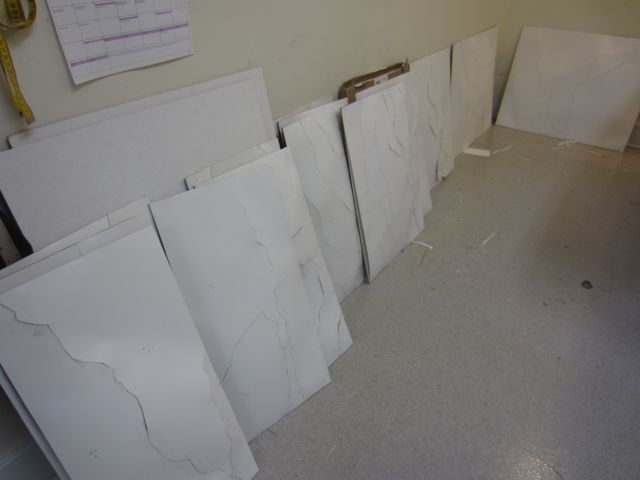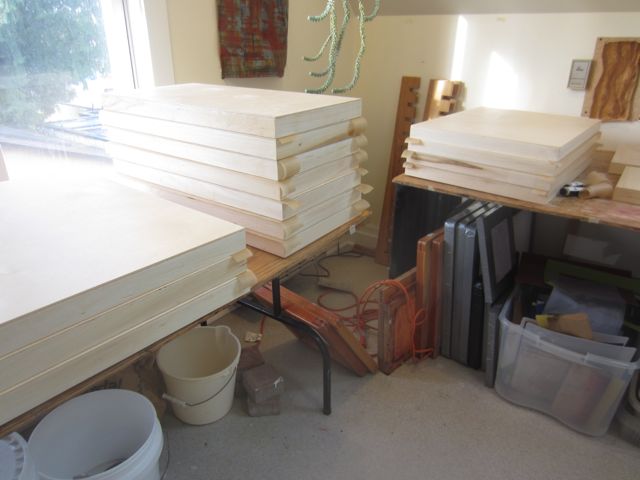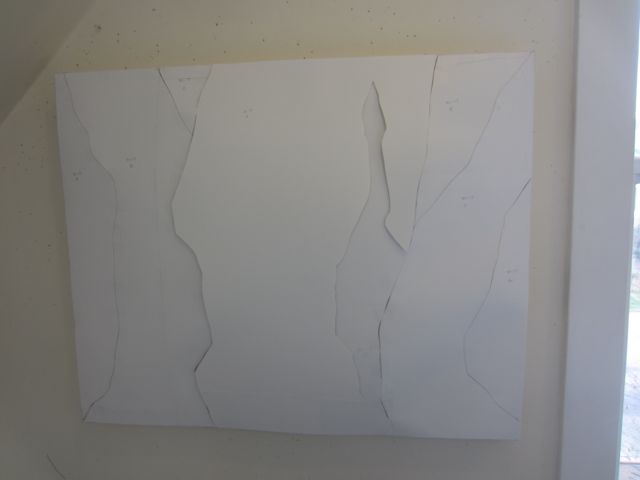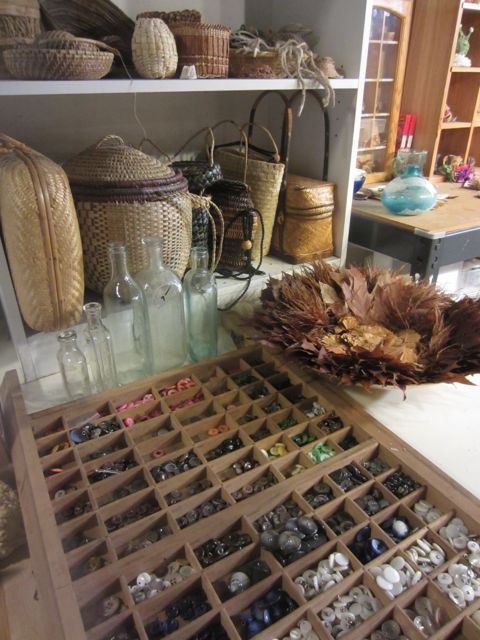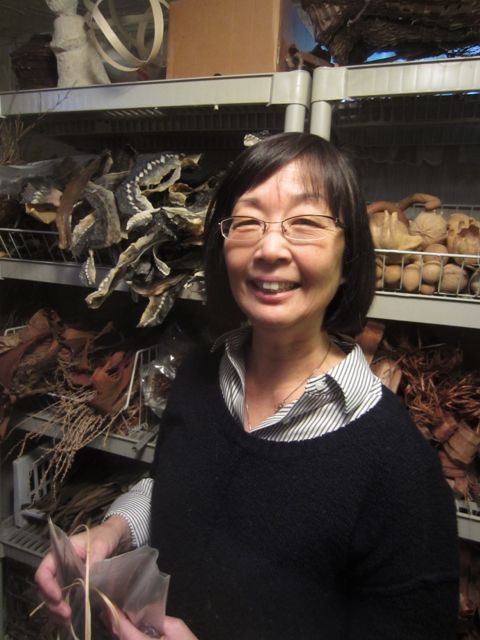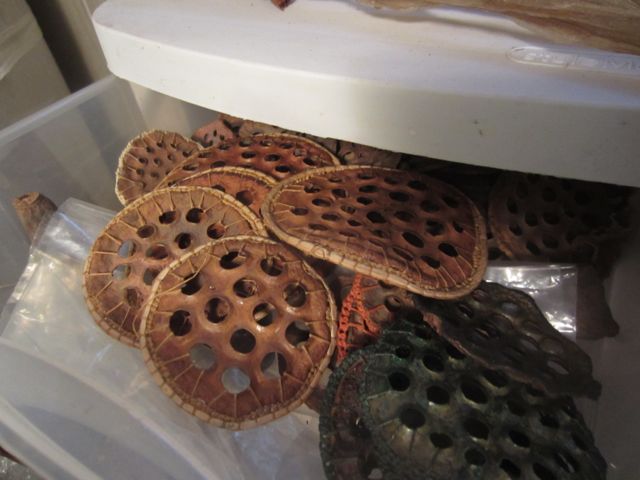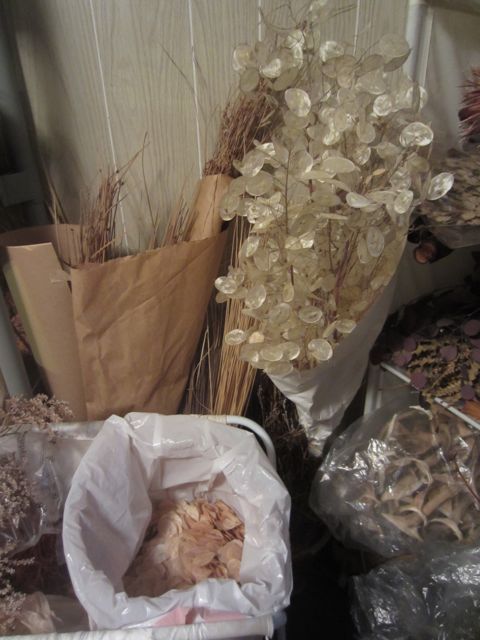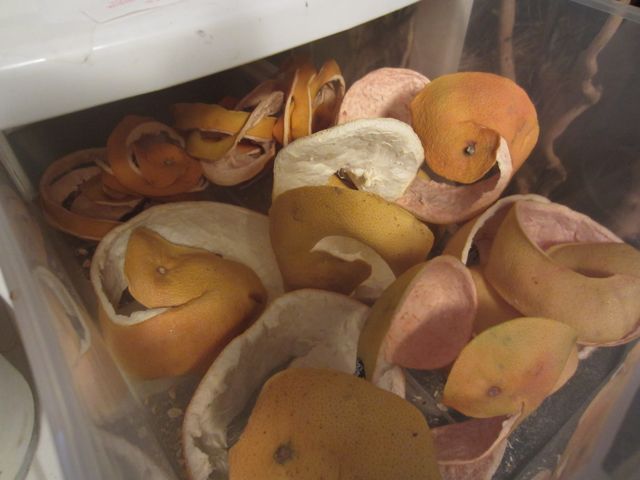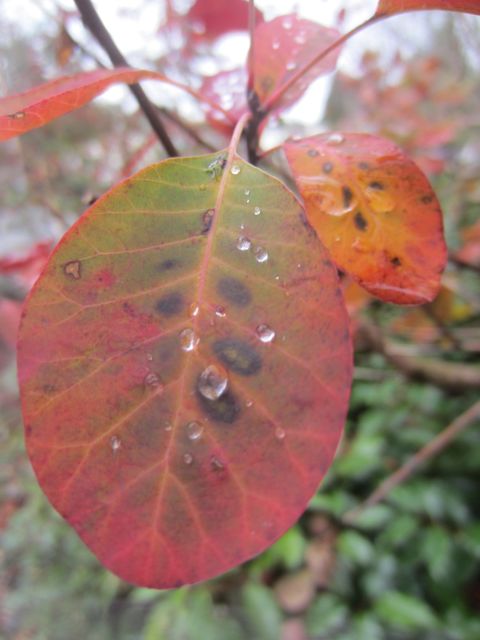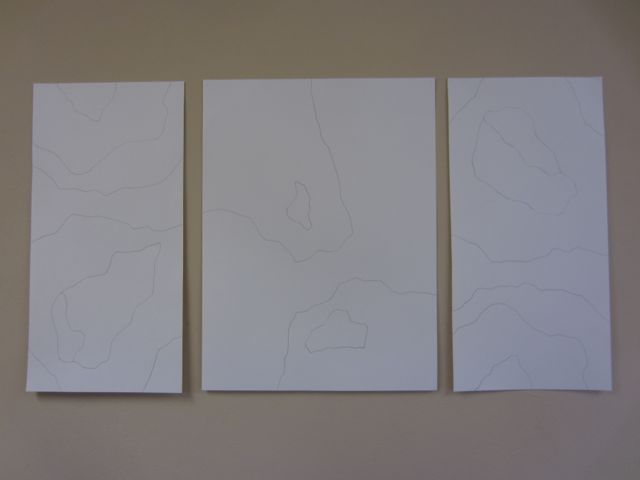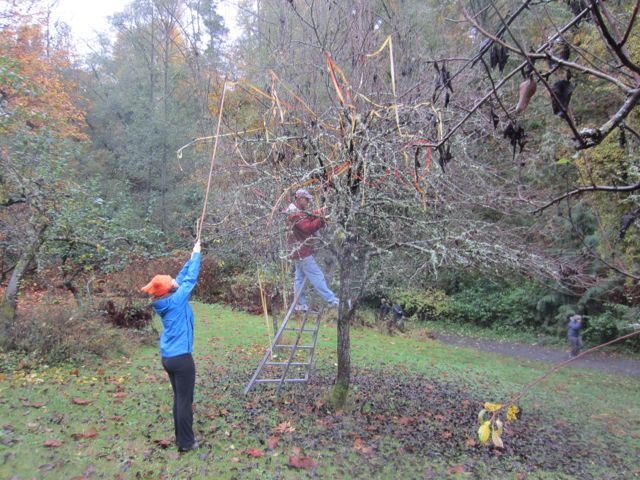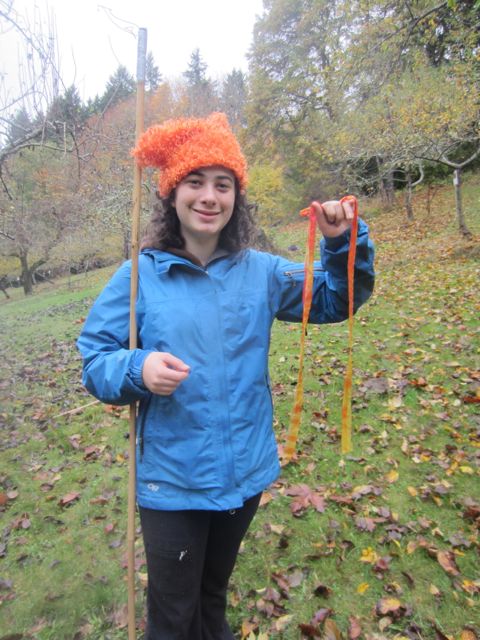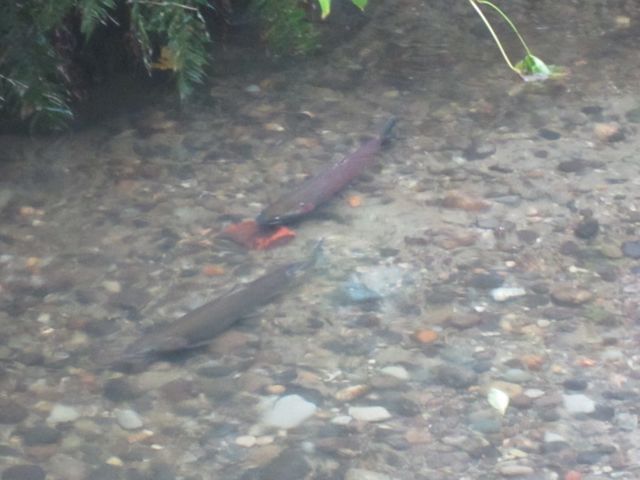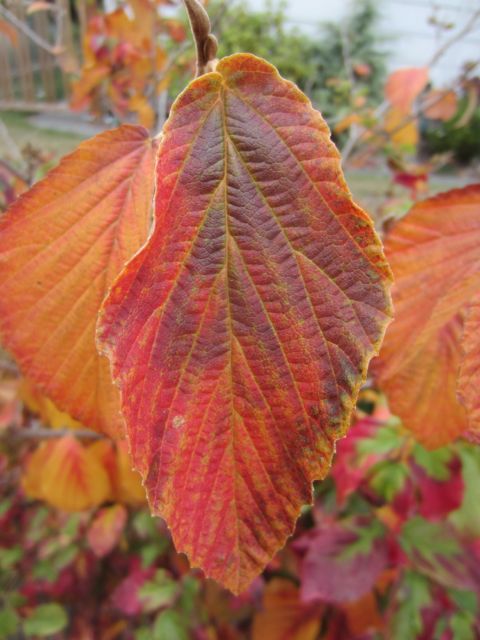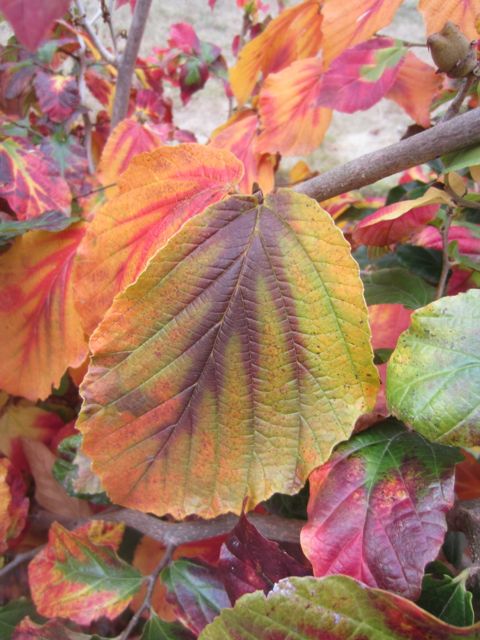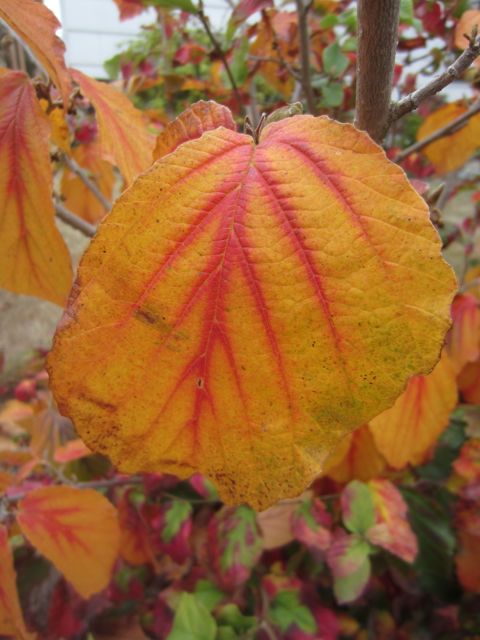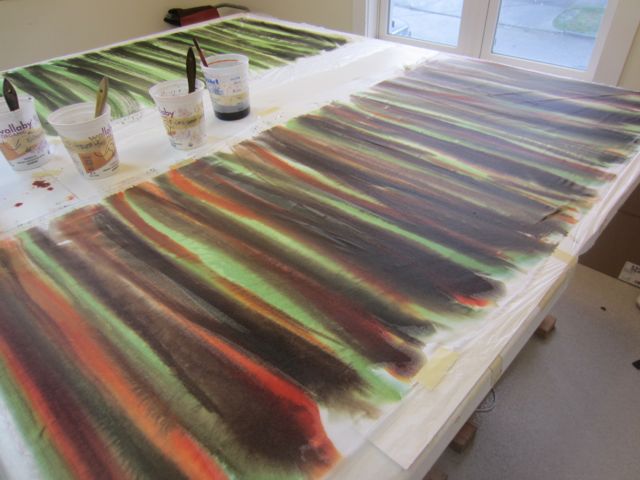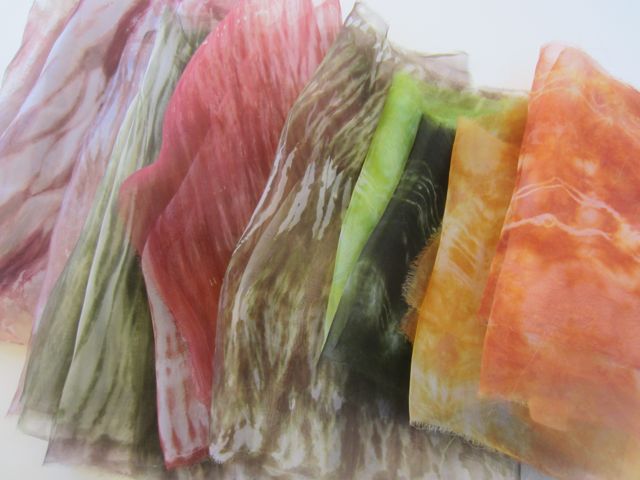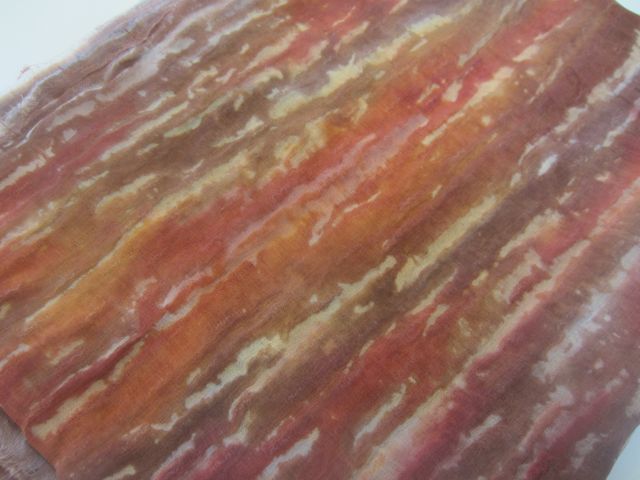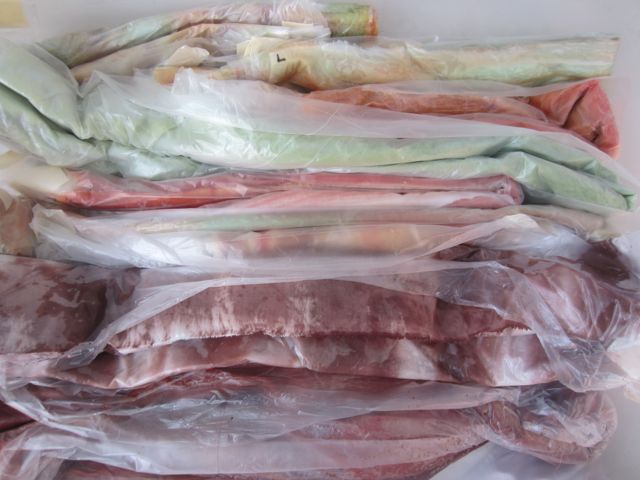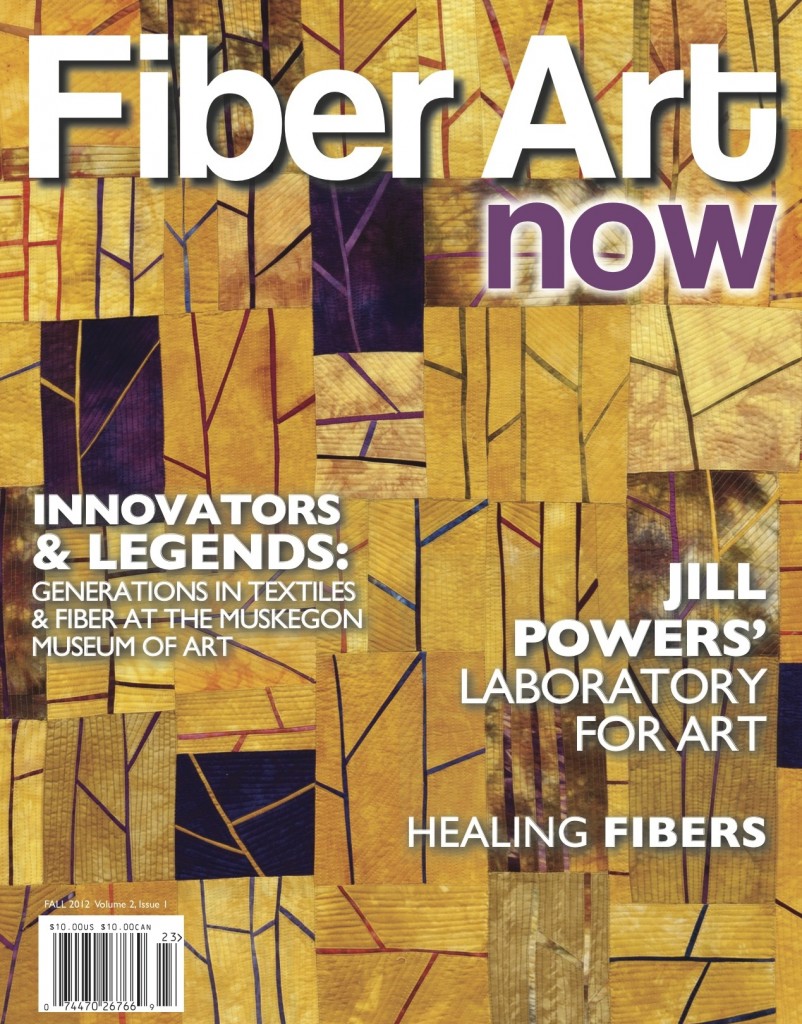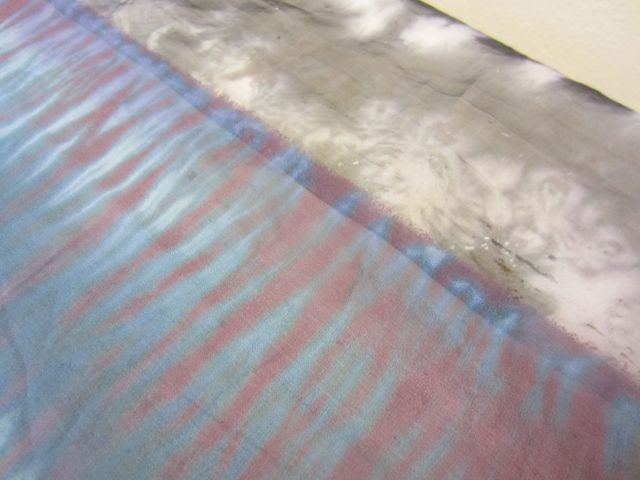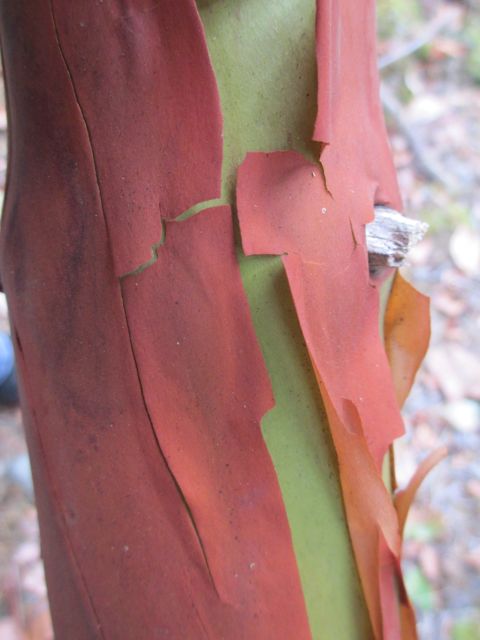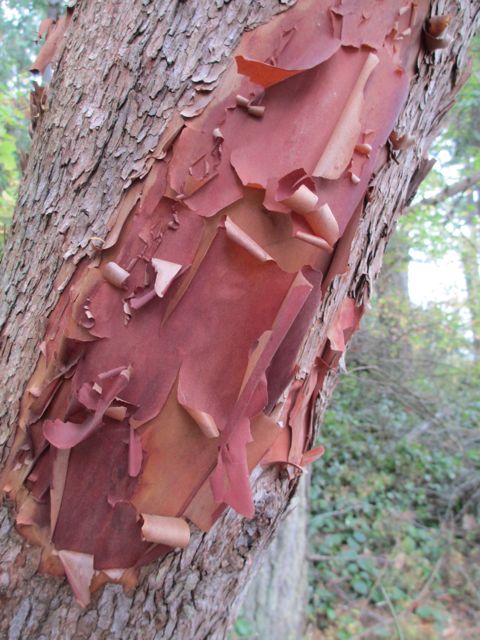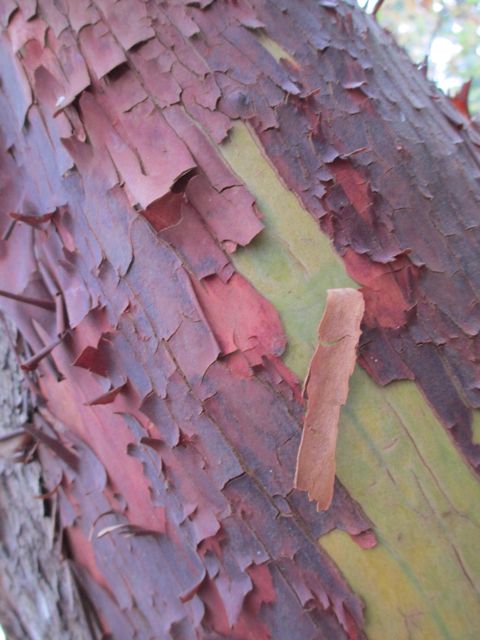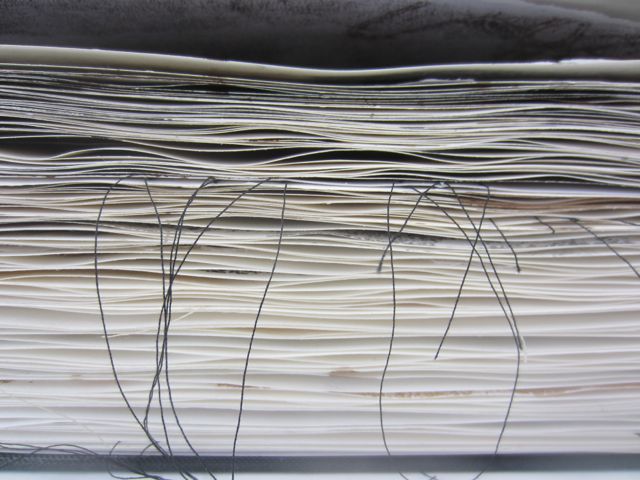
For the last few weeks I’ve been working on a book. I started it in my workshop with Larry Calkins and it’s what I focused on during my Orcas Island retreat. It’s a repository of marks. It’s a place to make without engaging my inner critic. It’s a place to play and experiment. I’ve been obsessed with it, working both at the studio and at home after everyone’s fed and the kitchen is cleaned up.
In the book I’ve experimented with a lot of different techniques but with a very limited palette: black, white, and brown. I used sumi and walnut inks, white acrylic paint, black and brown water-based printing ink, toner transfers, black and white thread, charcoal, graphite, and conte crayon. I painted, printed, drew, cut, tore, collaged, and stitched. I worked back and forth through the book, adding layers until each page felt complete.
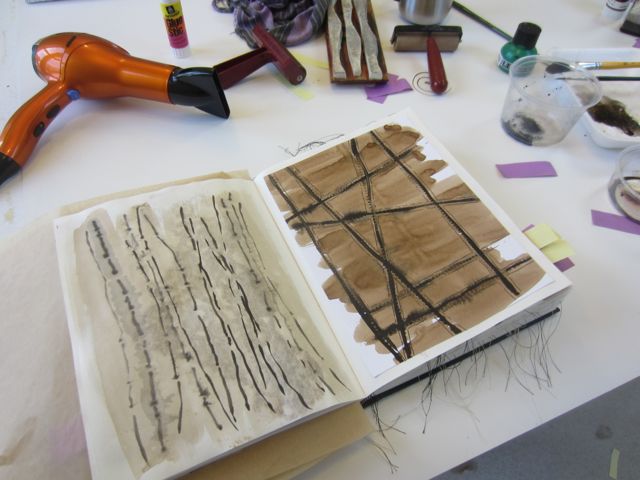
Over the years, my studio-mates and I have critiqued each others’ work both formally and informally. It’s been pretty informal for the last 18 months or so because of transitions in all of our lives. But now that the Fall is upon us we are back to planning and scheduling our sessions. I went first today with my book.
I was excited to show it to them. The book feels big to me, like a dictionary of my personal language of imagery. But I was also nervous. Would they flip through idly? Say, “hmm, that’s nice.” It is, after all, not a finished piece or something I would show in a gallery, but a record of being in the moment. It is an attempt to reset my brain and my hand after a long slog through production before I jump back into the process of making.
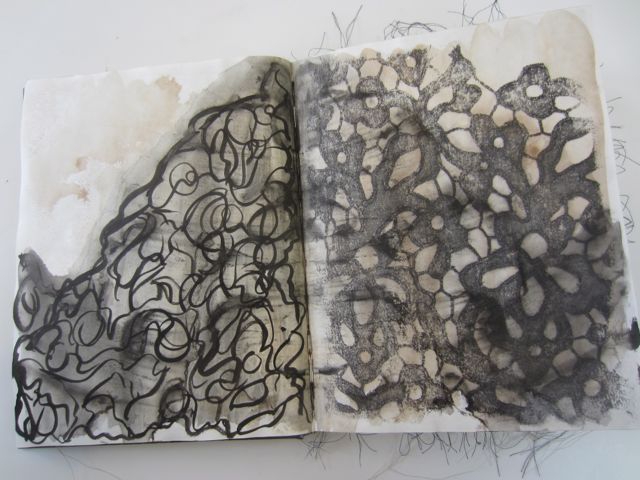
sumi and walnut inks, toner transfer
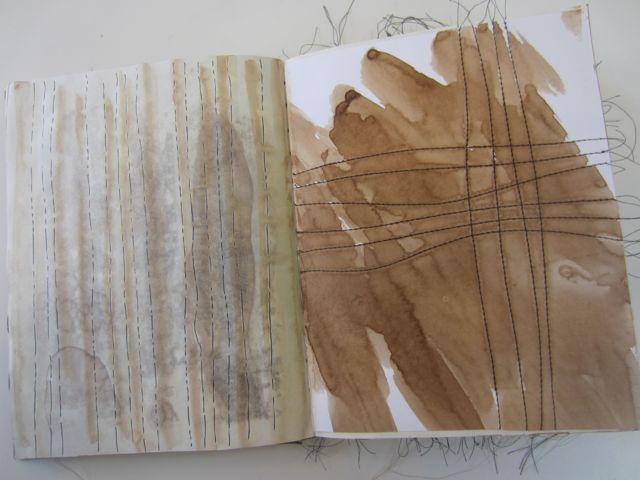
walnut ink, brush pen, stitched paper
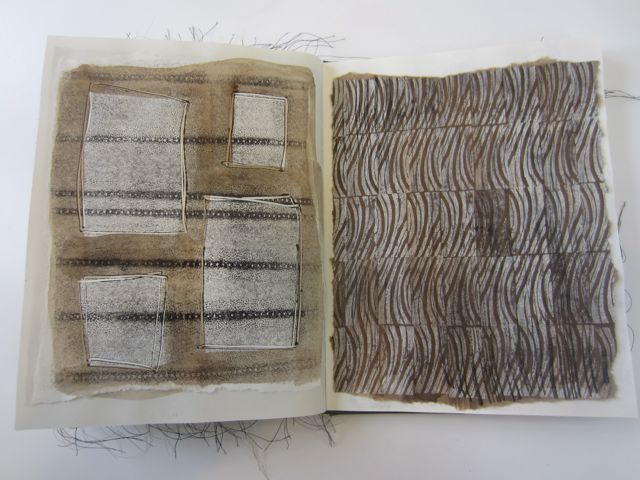
monoprint, walnut ink, stamped acrylic paint
I didn’t need to worry. Paul, Anna, and Pam pored over every page. They asked questions, oohed and aahed, got into my process. They really saw the book as the big step that I feel it is. They made suggestions of ways to build on what I’ve started. Ideas of developing some of my visual ideas into drawings or prints. Ideas that make me nervous because I don’t know how to do that yet. Ideas to push me out of my comfort zone. But isn’t that what I’ve been after?
So what have I learned about myself, my process, and my language of mark making? I’ve learned that, at least for now, stitch is integral to my work. By making the choices I did with my media, from stitching on paper to drawing lines of dots to transferring copies of my dyed fabrics, thread and stitch are what I’m drawn to over and over. Color, form, and texture are all important, but stitch is constant.
So where does this lead? What is next? How do I incorporate this into my existing work? I don’t know. I think I just have to start and it will seep in to the new work. It’s already there.
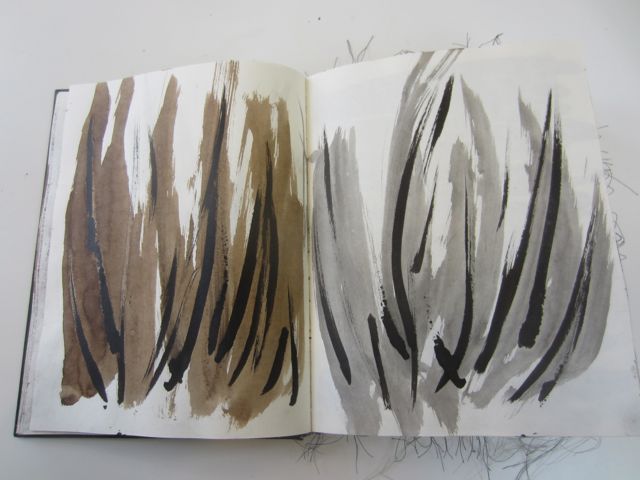
sumi and walnut inks
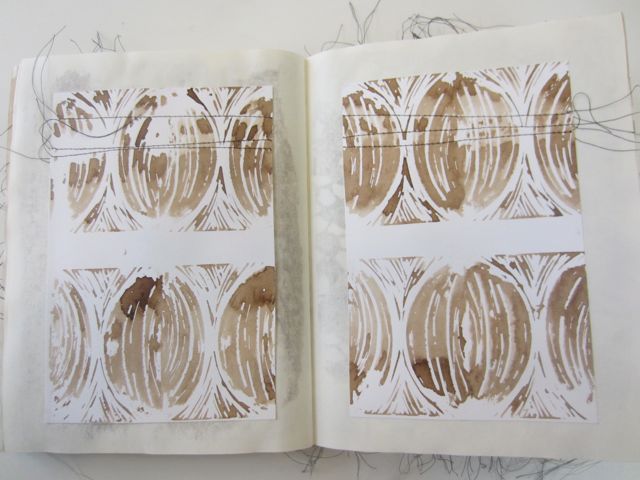
walnut ink stamped on to stitched paper
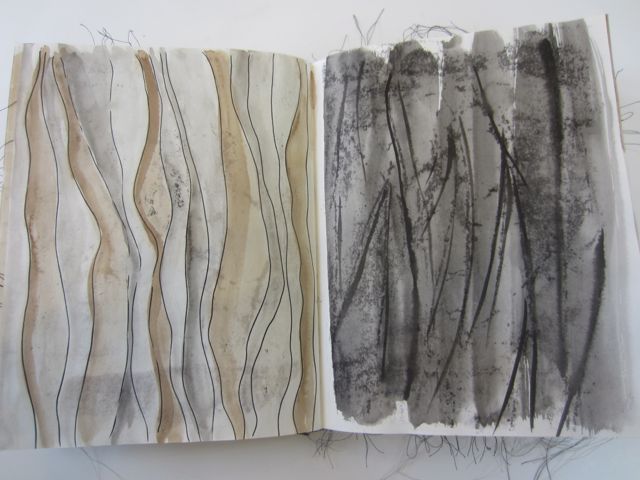
walnut and sumi inks, brush marker, toner transfer
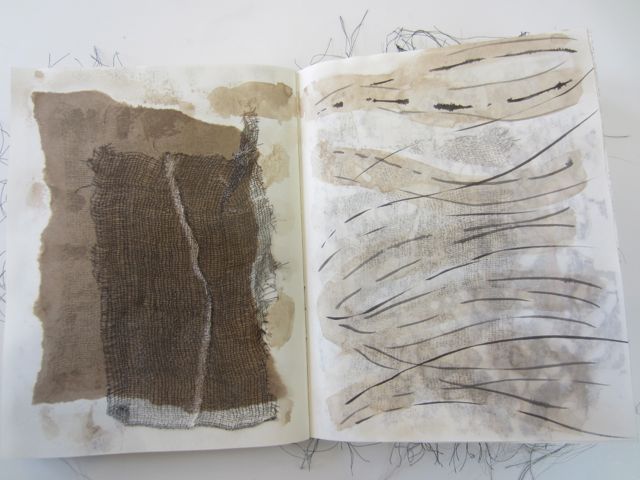
collage, printed cheesecloth, stamped and painted walnut and sumi ink
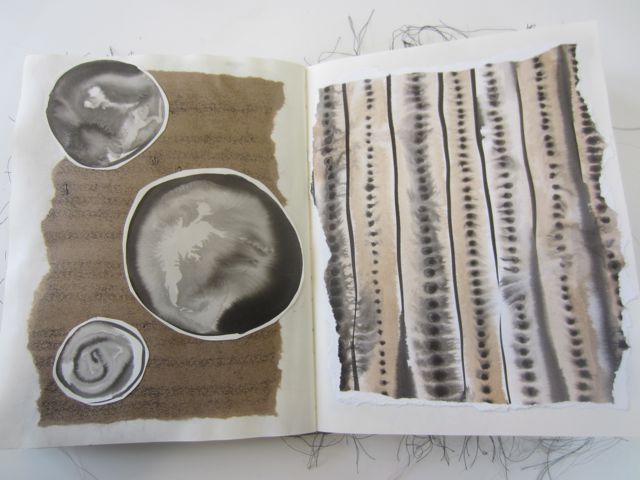
collage, monoprint, walnut and sumi ink

monoprint

monoprinting with stitched paper
